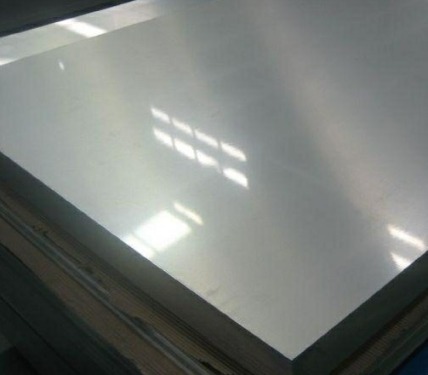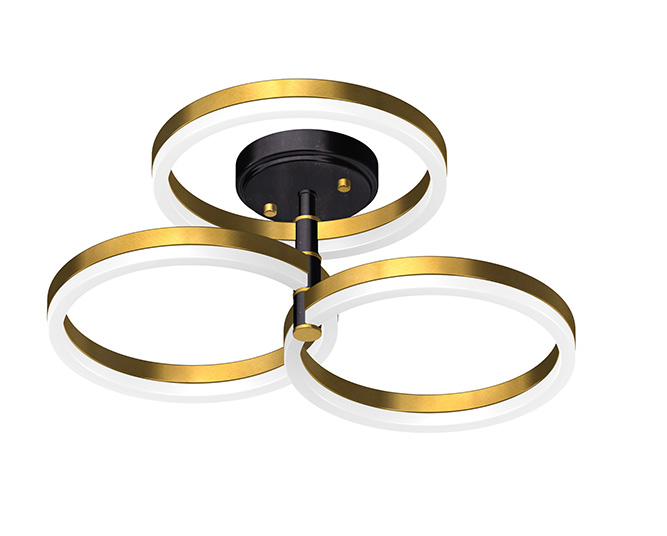 Quenching is a crucial step in the heat treatment of die steels, but it can also lead to various types of cracks if not properly controlled. Understanding the causes and implementing effective preventive measures are essential for ensuring the quality and durability of molds. Here are five common quenching cracks found in die steels and the corresponding solutions.
**1. Longitudinal Cracks**
These cracks run along the axis of the mold, often thin and long. They occur when the core of the mold is fully hardened, leading to the formation of martensite with the highest volume expansion. This creates significant tangential tensile stress, especially in high-carbon steels. If the stress exceeds the steel's strength limit, longitudinal cracks form. Factors that worsen this issue include impurities like sulfur, phosphorus, bismuth, lead, tin, and arsenic, as well as improper cooling rates and size sensitivity. To prevent this, strict material control, vacuum smelting, and optimized heat treatment processes such as graded or isothermal quenching are recommended.
**2. Transverse Cracks**
Transverse cracks appear perpendicular to the axial direction. They often occur at the boundary between hardened and unhardened areas, where large tensile stresses develop during rapid cooling. Poor forging practices, uneven distribution of impurities, and incorrect cooling media can all contribute to these cracks. Proper forging ratios, appropriate cooling rates, and using suitable quenching agents like CL-1 can help reduce the risk of transverse cracking.
**3. Arc Cracks**
Arc-shaped cracks typically form at corners, notches, or holes due to localized stress concentrations. The higher the carbon and alloy content, the lower the Ms point, which increases the risk of cracking. Incomplete tempering, residual austenite, and secondary temper embrittlement can also lead to arc cracks. Design improvements, proper surface finishing, timely tempering, and multiple tempering steps are key to preventing them.
**4. Peel Cracks**
These cracks occur when the hardened surface layer separates from the substrate under stress. This is common in chemically treated layers such as carburized, nitrided, or borided surfaces. If the cooling process isn't controlled, phase transformation stresses can cause the surface layer to peel off. Ensuring uniform diffusion, proper chemical penetration depth, and correct post-treatment procedures can help avoid this issue.
**5. Network Cracks**
Network cracks are shallow and radial, often forming on the surface. They are usually caused by decarburization, coarse grain structures, or improper quenching temperatures. Decarburized layers create stress differences, while overheating leads to grain coarsening and reduced strength. Using fine-grained steels, controlling the decarburization layer, and precise temperature control during heat treatment are essential to prevent network cracking.
By understanding these common quenching defects and applying the right preventive strategies, manufacturers can significantly improve the performance and lifespan of their molds. Always ensure proper material selection, careful process control, and regular equipment calibration to maintain consistent quality and reduce defect risks.
Quenching is a crucial step in the heat treatment of die steels, but it can also lead to various types of cracks if not properly controlled. Understanding the causes and implementing effective preventive measures are essential for ensuring the quality and durability of molds. Here are five common quenching cracks found in die steels and the corresponding solutions.
**1. Longitudinal Cracks**
These cracks run along the axis of the mold, often thin and long. They occur when the core of the mold is fully hardened, leading to the formation of martensite with the highest volume expansion. This creates significant tangential tensile stress, especially in high-carbon steels. If the stress exceeds the steel's strength limit, longitudinal cracks form. Factors that worsen this issue include impurities like sulfur, phosphorus, bismuth, lead, tin, and arsenic, as well as improper cooling rates and size sensitivity. To prevent this, strict material control, vacuum smelting, and optimized heat treatment processes such as graded or isothermal quenching are recommended.
**2. Transverse Cracks**
Transverse cracks appear perpendicular to the axial direction. They often occur at the boundary between hardened and unhardened areas, where large tensile stresses develop during rapid cooling. Poor forging practices, uneven distribution of impurities, and incorrect cooling media can all contribute to these cracks. Proper forging ratios, appropriate cooling rates, and using suitable quenching agents like CL-1 can help reduce the risk of transverse cracking.
**3. Arc Cracks**
Arc-shaped cracks typically form at corners, notches, or holes due to localized stress concentrations. The higher the carbon and alloy content, the lower the Ms point, which increases the risk of cracking. Incomplete tempering, residual austenite, and secondary temper embrittlement can also lead to arc cracks. Design improvements, proper surface finishing, timely tempering, and multiple tempering steps are key to preventing them.
**4. Peel Cracks**
These cracks occur when the hardened surface layer separates from the substrate under stress. This is common in chemically treated layers such as carburized, nitrided, or borided surfaces. If the cooling process isn't controlled, phase transformation stresses can cause the surface layer to peel off. Ensuring uniform diffusion, proper chemical penetration depth, and correct post-treatment procedures can help avoid this issue.
**5. Network Cracks**
Network cracks are shallow and radial, often forming on the surface. They are usually caused by decarburization, coarse grain structures, or improper quenching temperatures. Decarburized layers create stress differences, while overheating leads to grain coarsening and reduced strength. Using fine-grained steels, controlling the decarburization layer, and precise temperature control during heat treatment are essential to prevent network cracking.
By understanding these common quenching defects and applying the right preventive strategies, manufacturers can significantly improve the performance and lifespan of their molds. Always ensure proper material selection, careful process control, and regular equipment calibration to maintain consistent quality and reduce defect risks.A Semi-Flush Mount is a type of Lighting Fixture that is installed on the ceiling and hangs down slightly, but not as far as a Pendant Light. It is a popular choice for rooms with low ceilings, as it provides ample Lighting Product without taking up too much vertical space. Semi-Flush Mount Lighting come in a variety of styles and designs, from modern and sleek to more traditional and ornate. Semi-Flush Light are typically easy to install and can be used in a variety of settings, including bedrooms, living rooms, and kitchens.
Compared with Flush Mount lamps, there are no special restrictions on the design of Semi-flush Mount due to a certain vertical space, so there will be more changes in the structure. Can be with a chain, can be used boom. In the Normal Temperature test, it is stipulated that the distance between the bulbs or lampshade area and the canopy or ceiling in Semi-flush Mount is within 4 inches, which needs to make the Normal Temperature test, and whether to post a temperature warning depends on the temperature. If the distance is greater than 4 inches, Normal Temperature test is not required.

Semi-Flush,Semi-Flush Mount,Semi-Flush Light,Semi Flush Mount,Semi-Flush Mount Lighting,Ceiling Mount Lighting,Ceiling Flush Mount Light Fixture,Led Ceiling Flush Mount Light
Zhengdong Lighting Co., Ltd. , https://www.sundint.com
![<?echo $_SERVER['SERVER_NAME'];?>](/template/twentyseventeen/skin/images/header.jpg)